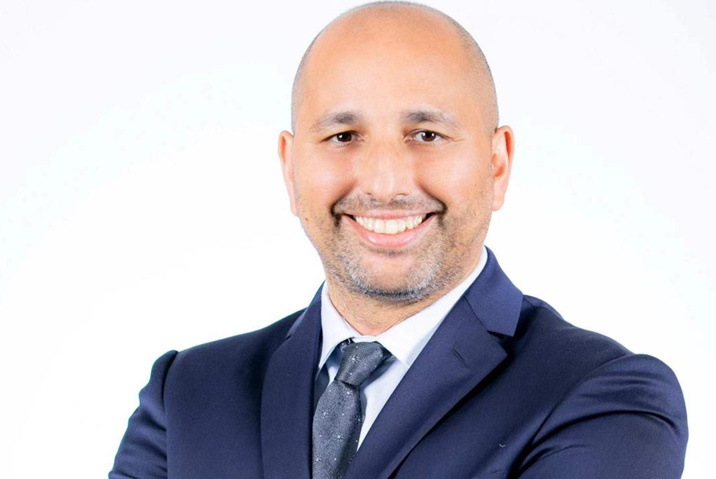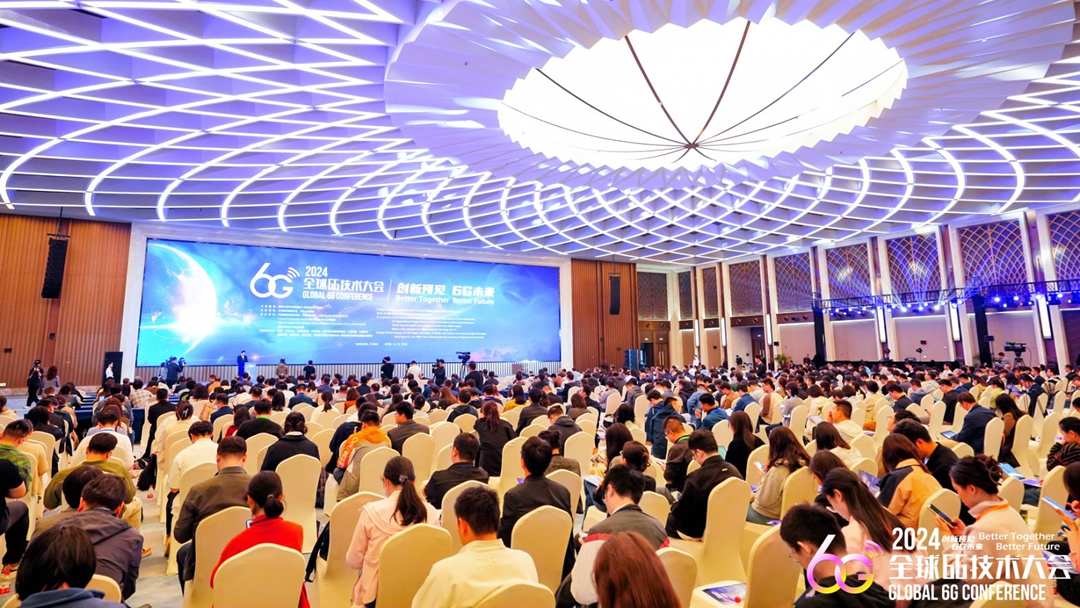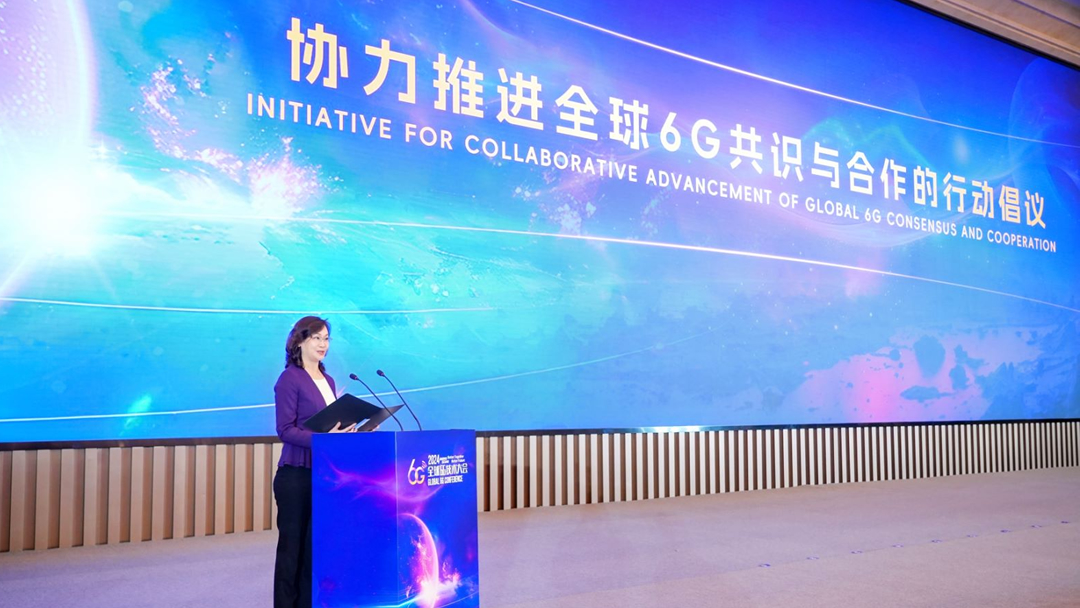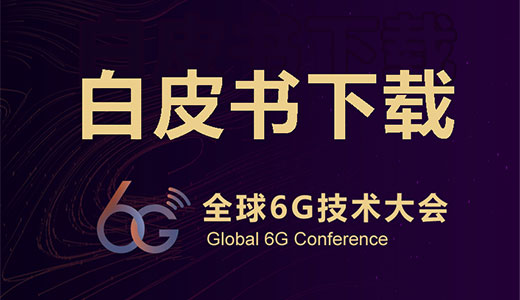Ready, 6G Needs Global Cooperation
While 5G is still being rolled out for business use, 6G, with substantially higher capacity and much lower latency, is being discussed and researched worldwide. This technology shift seems far more rapid than the 4G to 5G, and the world should be well-prepared for the coming of 6G.
What is 6G
As the next generation of communication and one of the clusters of network technologies, 6G will provide a better service for cyber users.
IEEE fellow Chih-Lin I, who is also the Chief Scientist of China Mobile Research Institute and Chairman of the 5G/6G SIG of FuTURE FORUM, concluded the mainstream views from the research field. She pointed out that there are six major technical characteristics of 6G, which include wireless access with extreme capabilities, distributed intelligent network with a simplified yet flexible protocol stack, all spectrum three-dimensional global coverage, pervasive intelligence, native security, and digital twin network-enabled autonomous operation.
What should we expect from the network's improvement
Despite the current capability requirements for 6G and the underlying core technologies that are still being explored, future networks will basically make improvements on data rates, delays, and efficiencies. However, tech experts have different opinions on where the technology is heading.
Li Junyi, Vice President of Qualcomm and an IEEE fellow, said that he would prefer to bring AI and machine learning technology (AI/ML) into 6G. "I believe that AI/ML can potentially change the way that wireless communication and networking systems are designed and deployed in a fundamental manner," he said, adding that, "A significant amount of advance R&D has been devoted to AI/ML for wireless in 5G, either via standardization or via implementation. This path will continue to 6G."
Harish Viswanathan, Head of Radio System Group in Nokia Bell Labs and IEEE Fellow said, "We expect performance features such as centimeter-level accurate positioning for robotics, sensing metrics such as maximum range and Doppler, and object detection accuracies. Synchronization will be another major theme."
5G should be shifted smoothly towards 6G
Although 5G has just been commercialized on a large scale, the next generation networks development is on schedule. It is believed that the world transition from 5G to 6G might be faster than the previous transitions, which means more work should be done in this period.
Experts believe 6G is not just a digital revolution, but also a societal one.
"There should be a smooth transition from 5G to 6G, allowing for coexistence initially and gradually shifting to the latest technology," said Viswanathan.
"6G will probably open up new use cases, which require new technologies that have not been studied formally in 5G standards. Like the transitions in the previous generations, 6G will coexist with 5G for a certain period of time, and gradually supplement and substitute 5G in terms of use cases and features," said Li.
The world needs 6G collaborations
People from all over the world are gathering to discuss 6G use cases and requirements, and make unified standards. However, under the turbulent geographical environment, standard splitting is at risk.
Chih-Lin I noted that various regions and countries are accelerating their R&D initiatives of 6G technology. In particular, the U.S. attaches great importance to its success of 6G R&D. However, the U.S. clearly indicated that it is competing with China, and its "Next G Alliance" excludes Chinese companies from participating, which is rather unfortunate. It is of the utmost importance that we all continue pursuing jointly with the global ecosystem so that a unified 6G standard will be created, similar to what was accomplished globally for 5G.
Other scientists have also appealed to continually enhancing collaboration worldwide.
"Unified global standards are the foundation of the mobile communication industry. As we have witnessed the success of the mobile cellular industry in the last decades, a unified global standard is vital," said Li, adding that, "Dialog of a broad spectrum of topics by experts in academia, government and industry across the globe will help strengthen global industrial collaboration."
"The industry should drive towards a single global standard and increase engagement across the different regional consortiums," said Viswanathan.






